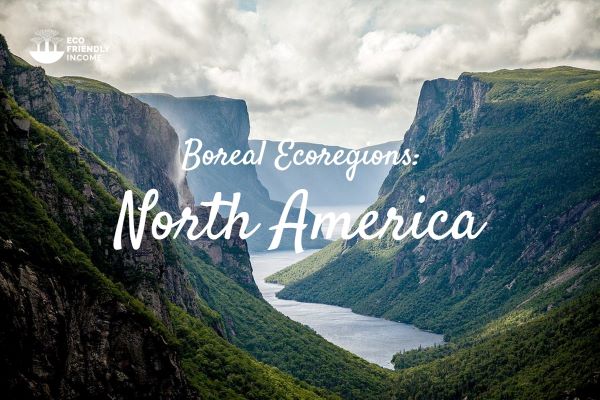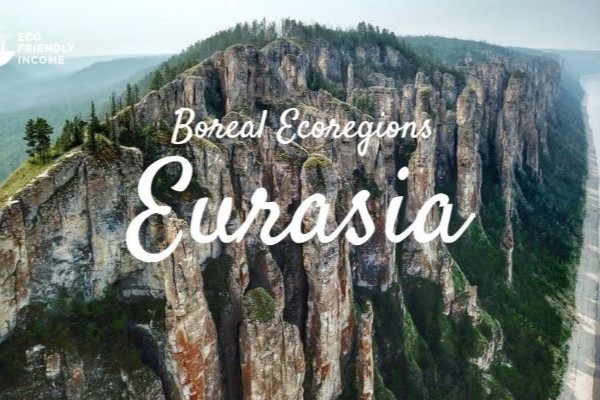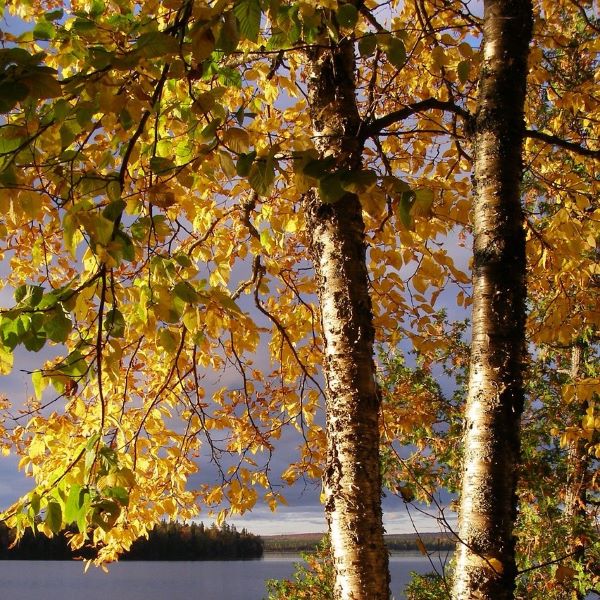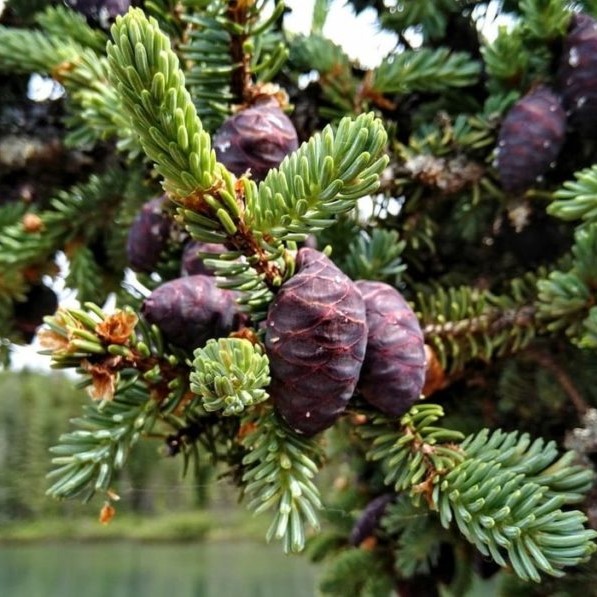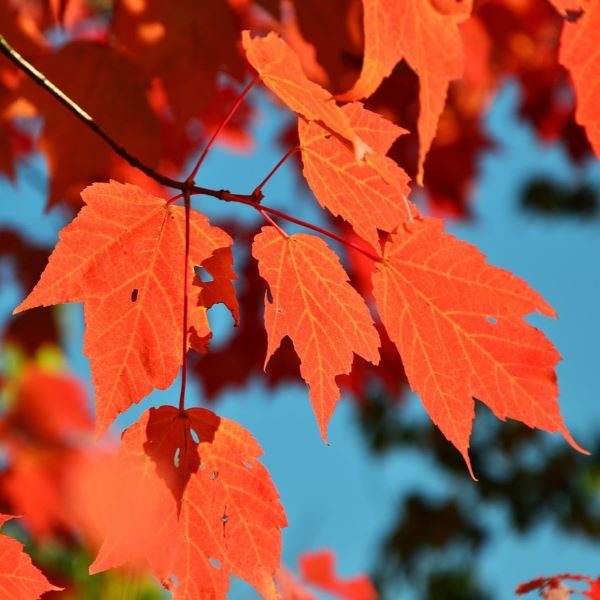- World Boreal Forests -
Trees
This subsection contains a list of trees found growing naturally within the boreal ecoregions of Canada, Alaska, Siberia, Scandinavia & Iceland.
Welcome to our Boreal Forest Tree Index, where we laid out the fairly small diversity of tree families found in the vast northern forests.
Below, you will find the world's boreal ecoregions with concise maps: 22 zones in North America and 11 zones in Eurasia. Each plant in our index carries a number which you can use to locate its boreal ecoregion habitat range.
Additionally, any plant we have written about carries a link on its respective image to a in-depth article on how to identify and propagate it (seed and cutting).
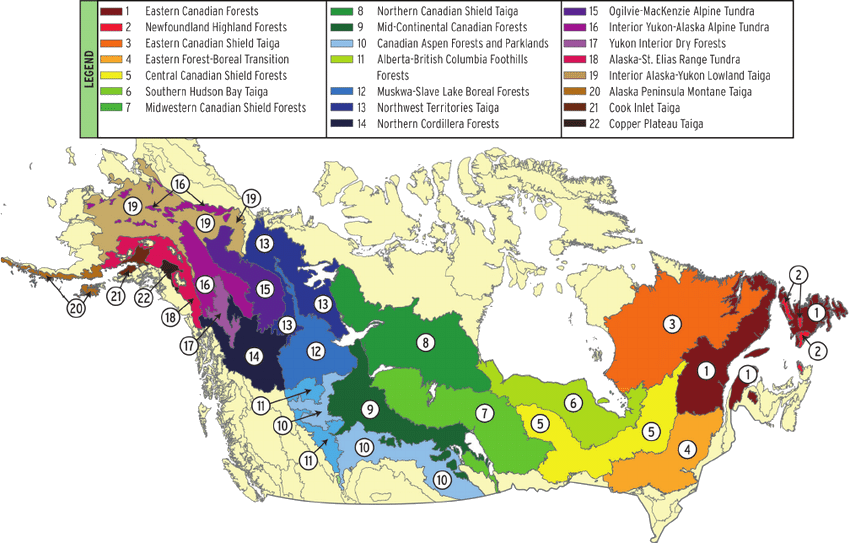
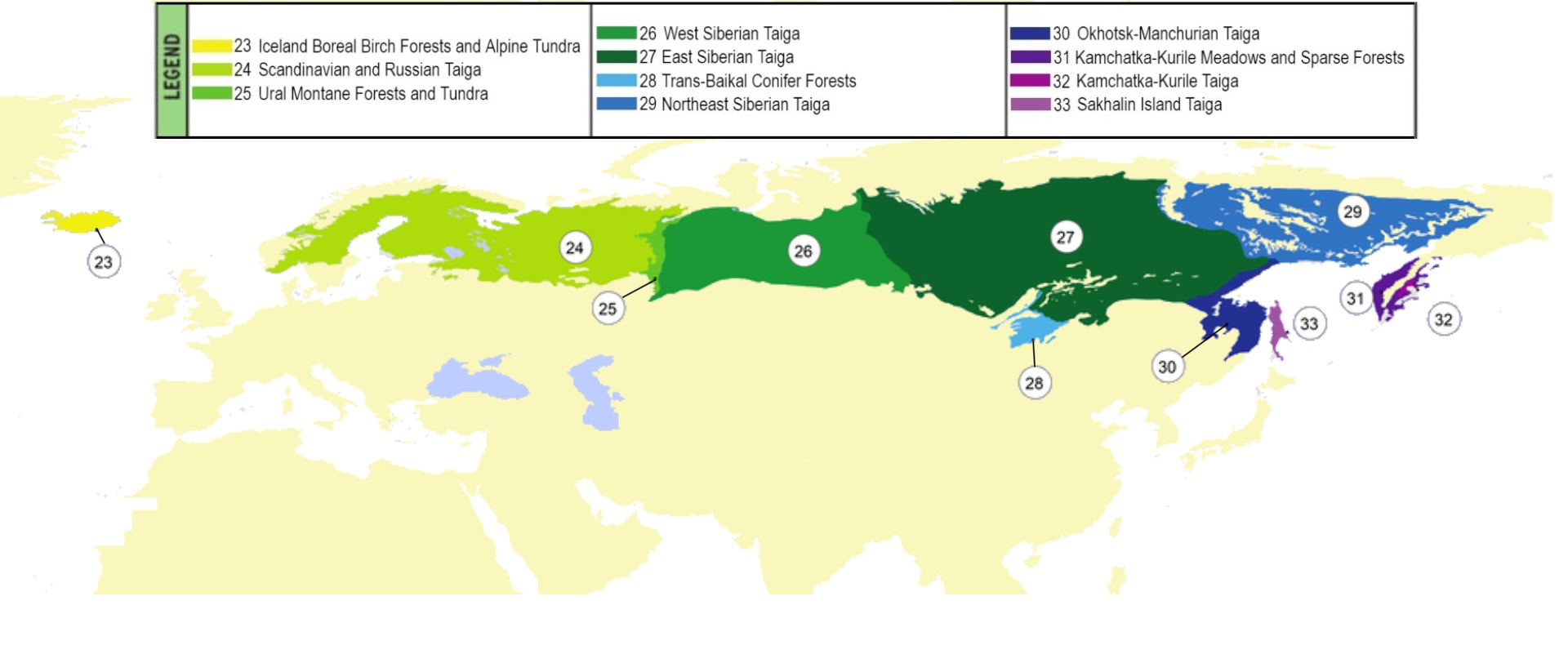
Ecoregions are a concept brought to us by the WWF. It separates the world map by regions of ecological similiarties rather than by political or cultural borders. It is quite an interesting concept, and we have written a few articles about it below:
What Characterizes a Tree?
Trees are characterized by their tall and woody structure, perennial lifespan, and the ability for secondary growth, allowing them to increase in girth over time. With broad leaves serving as key sites for photosynthesis, trees feature a well-developed root system for anchoring and nutrient absorption. Reproductive structures like flowers or cones facilitate seed production, contributing to the diversity of tree species. These distinct features collectively define trees and play a crucial role in their ecological significance.
Iconic Trees You'll Find in the Index
"The boreal forests don't have a vast diversity of trees, but they've been gifted with remarkable ones. Conifers stand tall and proud through the coldest winters and remain year after year as a monument of tenacity. Leafy trees rattle soothing melodies in the wind, and produce pure white bark of striking contrast. If you're lucky enough, through the fog and firefly light, you might even find a grove filled with magic and fae."
Pascal Yan

